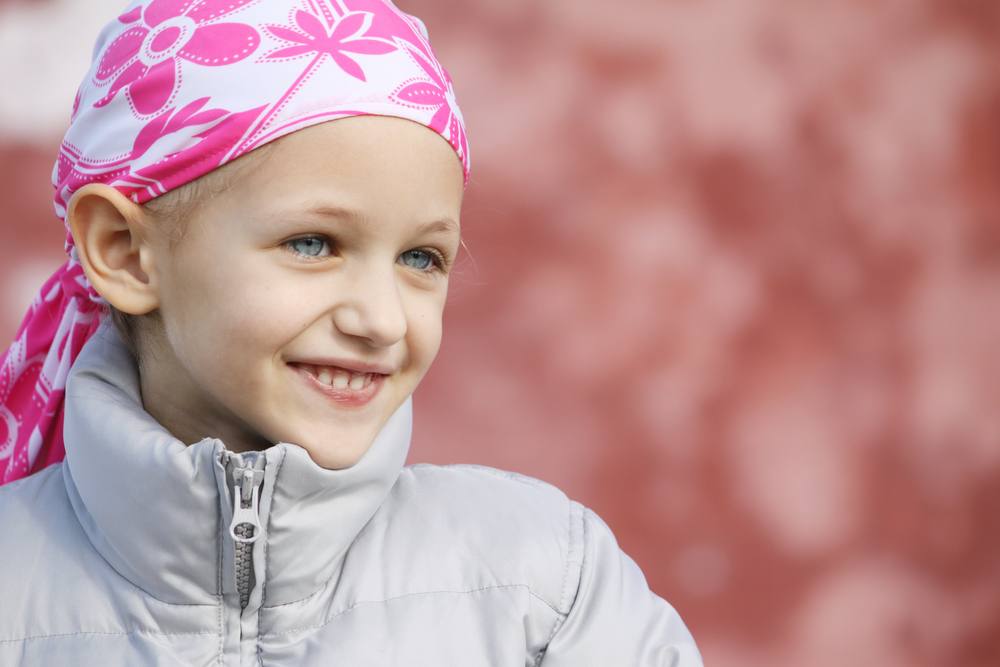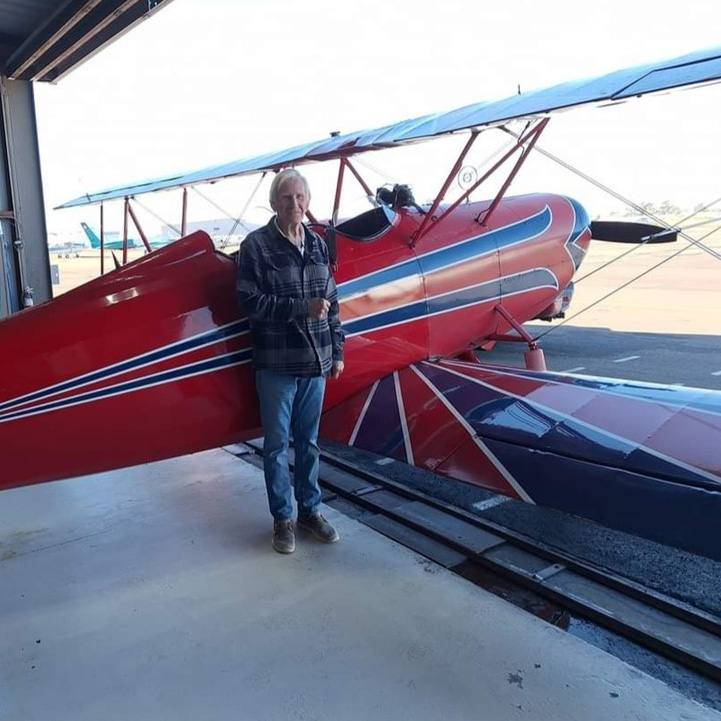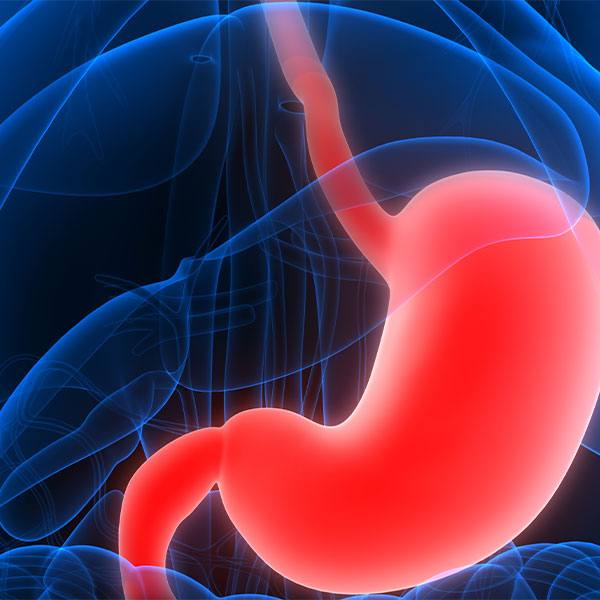-
Cancer
Consumer Health: Treating acute lymphocytic leukemia

Acute lymphocytic leukemia is a cancer of the blood and bone marrow. It's the most common type of cancer in children, and treatment results in a good chance for a cure. Acute lymphocytic leukemia also can occur in adults, though the chance of a cure is reduced greatly.
Signs and symptoms of acute lymphocytic leukemia can include bleeding from the gums; bone pain; fever; pale skin; shortness of breath; and swollen lymph nodes in and around the neck, armpits, abdomen or groin.
There are several types of treatment for acute lymphocytic leukemia, including chemotherapy, targeted therapy, radiation or bone marrow transplant. There's also a specialized treatment called chimeric antigen receptor-T cell therapy that takes your body's germ-fighting T cells, engineers them to fight cancer and infuses them back into your body.
Learn more about these treatment options and the four phases of treatment for acute lymphocytic leukemia.







